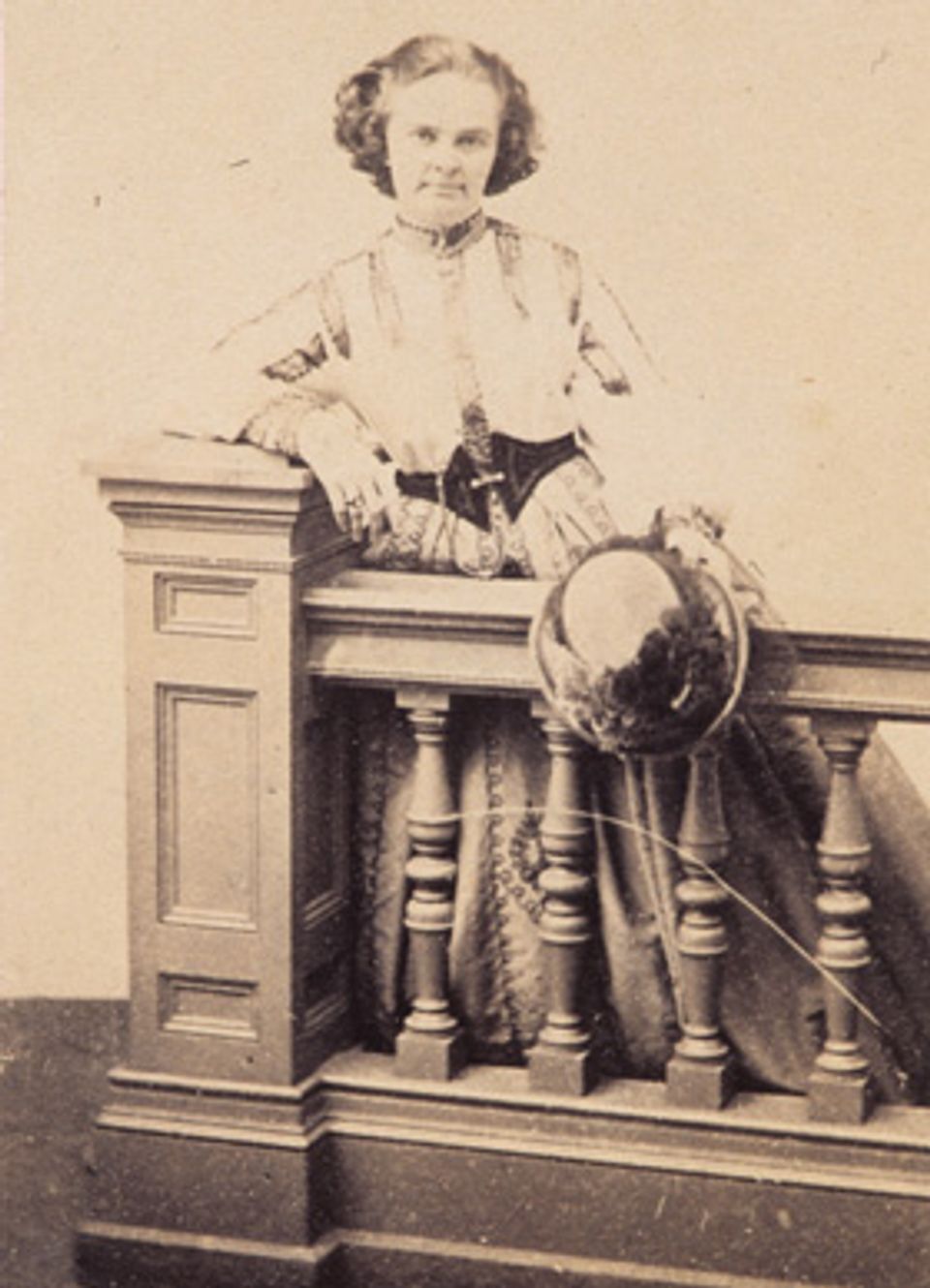Harriet Hosmer

- Also known as
- Harriet Goodhue Hosmer
- Born
- Watertown, Massachusetts, United States
- Died
- Watertown, Massachusetts, United States
- Active in
- Rome, Italy
- Biography
Encouraged by her father to pursue physical exercise after her mother and siblings died of tuberculosis, Hosmer had an active childhood in Massachusetts. Sent to a progressive school that fostered independence and provided her with creative female role models, she became determined to sculpt. On her way to achieving this goal, she studied human anatomy, a necessity for sculptors and a subject usually forbidden to women. She sailed for Rome in 1852 and gained entrance to the studio of English sculptor John Gibson, where she attracted the patronage of affluent tourists.
Hosmer was not the only female sculptor in Rome at this time. She was one of a group of American women sculptors, dubbed the "White Marmorean Flock" by Henry James, who had gathered in Italy to seek artistic companionship, liberal working conditions, abundant examples of classical statuary, and access to skilled artisans and sources of marble.
Elizabeth Chew Women Artists (brochure, Washington, DC: National Museum of American Art, Smithsonian Institution)













